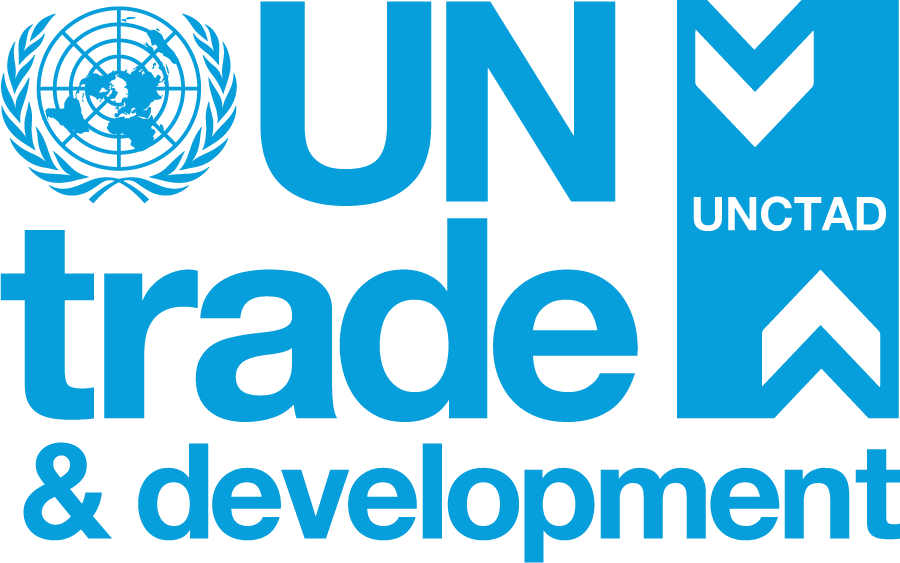The United States has five programs that provide preferential tariff treatment based on either geographic location or development status that cover 130 beneficiaries. In some product sectors, beneficiaries of these programs might not be taking full advantage of the trade preferences.
This session, which is part of the Eight Global Review of Aid for Trade “Empowering Connected, Sustainable Trade”, will look at rules of origin (ROO) and utilization rates for these programs and investigate what hinders greater utilization by beneficiaries. For example, utilization of preferences—even for goods that are wholly obtained—can vary significantly among beneficiaries and can even vary year-to-year for an individual beneficiary. In a first panel discussion, this session will investigate how supply chains for certain products, such as textiles, apparel, and bicycles, interact with rules of origin and other factors to affect utilization of the preference programs. This session will include an overview of US Trade Preference Programs and ROO as well as a historical look at the 2015 and 2022 WTO Ministerial Decisions regarding ROO and areas of possible future work at the WTO.
In a second panel, AGOA, GSP, or Caribbean Basin beneficiaries who have used these tariff preference programmes to compete in the US market will be presented, explaining how preference programs influence their sourcing decision, and a discussion will take place on what we can learn from their success.
Mr. Stefano Inama, Inter-regional Adviser, Division for Africa, Least Developed Countries and Special Programmes will be part of the panelist in the "Part 1 of the programme – Exporting countries and utilization of US Trade Preference Programs: An Overview"
Topics of discussion
- Exporting countries and utilization of US Trade Preference Programs:
- Why does utilization vary significantly across countries and industries?
- Why would LDCs prefer rules based on non-originating content?
- Are unilateral trade preferences sufficient to overcome differences in production costs between suppliers?
- Why do companies make the sourcing decisions they do?
- How do we view public-private partnerships for sourcing from trade preference beneficiaries?



